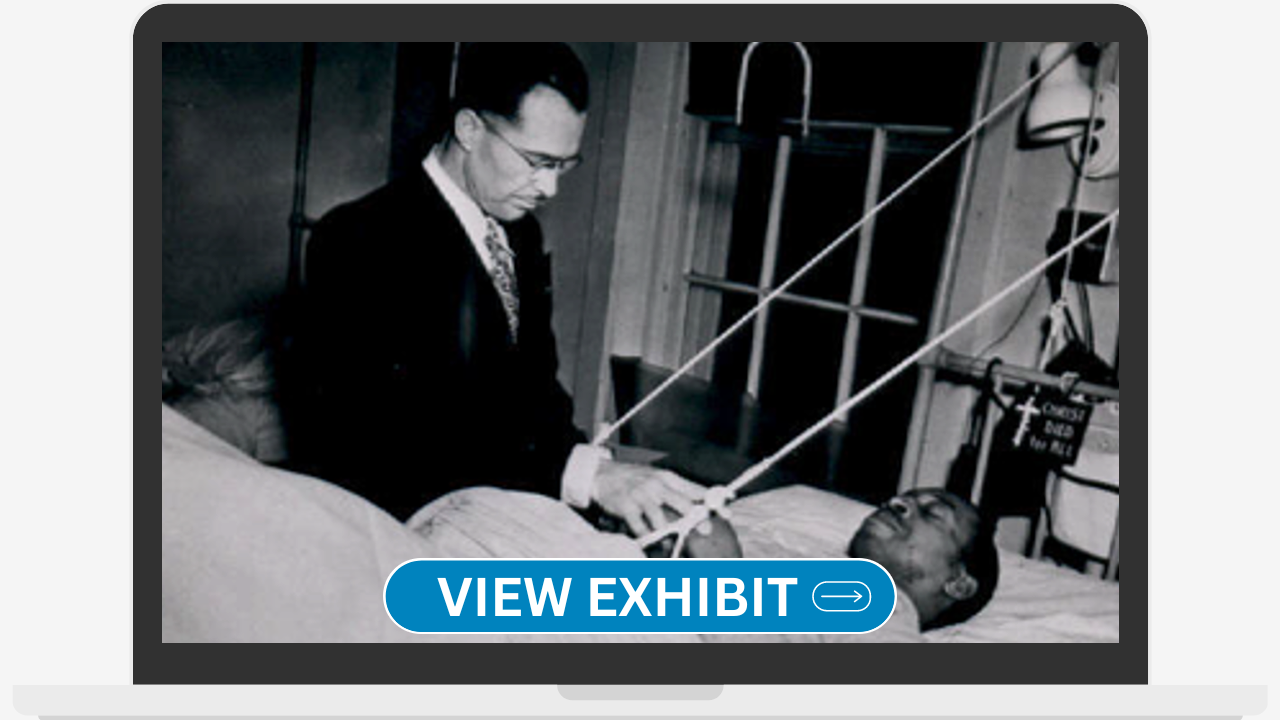
Exhibits
To Bring Light to Where There is Darkness: VA Chaplains and Religious Artifacts from the National VA History Center
For more than 150 years, VA chaplains have served Veterans with care and compassion, proving that they are indelible to the fabric of Veterans' health. Objects in this exhibit, housed in the National VA History Center (NVAHC), help tell the story of chaplaincy’s enduring presence and its profound impact on Veteran care.

Exhibits
VA Research at 100: A Century of Medical Advancements
In 1925, 100 years ago, the Veterans Bureau initiated the first hospital-based medical research studies to address Veteran-specific issues like mental health, tuberculosis, cancer and toxic exposure. The program has since made significant medical breakthroughs and innovations, impacting the world.

Exhibits
Adaptive Exhilaration: Equipment from the National Disabled Veterans Winter Sports Clinic
In 2024, the National Disabled Veterans Winter Sports Clinic, hosted by the Grand Junction VA Medical Center and co-presented with Disabled American Veterans, will donate adaptive ski equipment from the early years of the event to the National VA History Center in Dayton, Ohio. The clinic started in 1986 when VA established it and then held the the inaugural event at Powderhorn the following year. The clinic welcomed approximately 90 Veterans from 27 states, bolstered by a volunteer staff of about 20. Despite skepticism from many health professionals of the era, the clinic underscored the importance of physical activity for persons of all abilities.
This exhibit includes multiple items that were used at the early clinics, which are finding a new home at the National VA History Center.
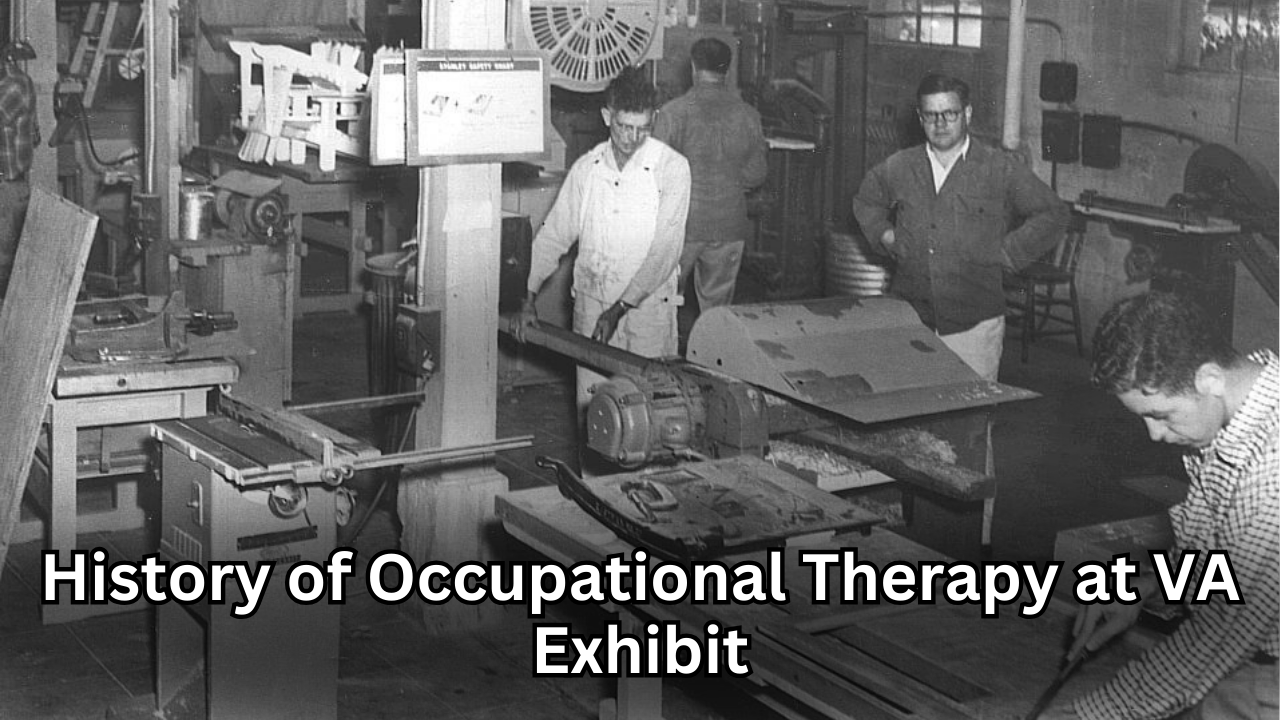
Exhibits
New Skills, New Freedoms: Occupational Therapy Artifacts from the National VA History Center
While Veterans engaged in activities and learned trades at the National Home for Disabled Volunteer Soldiers (NHDVS) since its inception after the Civil War, formal occupational therapy programs became components of rehabilitative care for Veterans beginning in the 20th century. This exhibit explores what type of activities were used to treat Veterans by showing items from the collection at the National VA History Center.
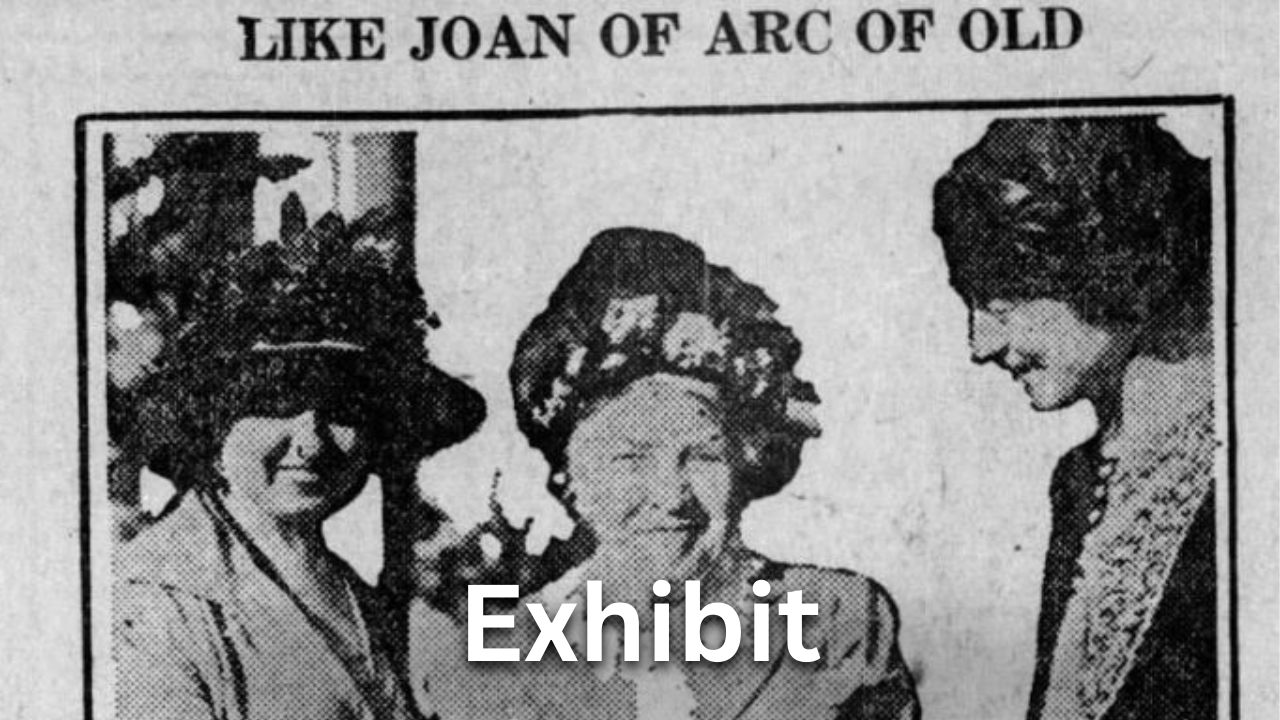
Exhibits
“Like Joan of Arc of Old”: The Origin of Health Care for Women Veterans
VA History Exhibit - While women have served in nearly all of America’s wars, some only achieved the right to Government-provided health care after World War One. This exhibit examines how women Veterans obtained admittance to the National Home for Disabled Volunteer Soldiers 100 years ago in 1923, and profiles what care looked like for these first women patients.
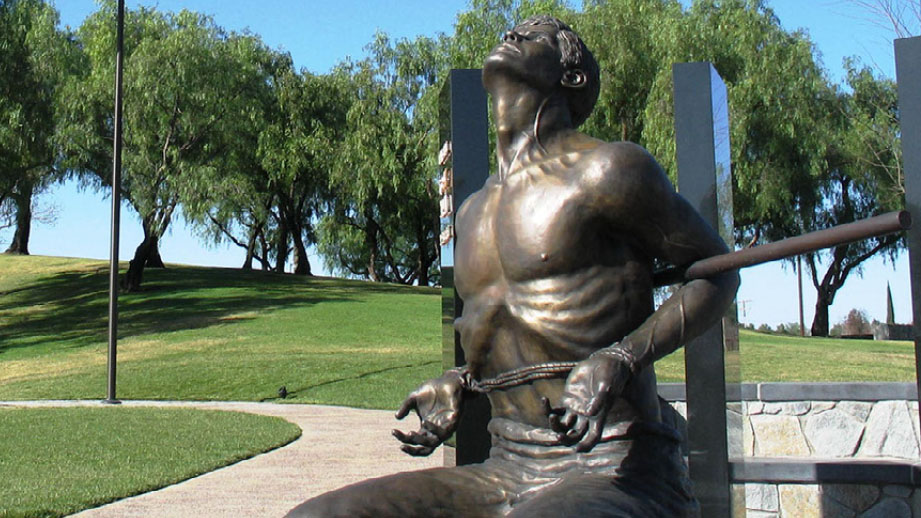
Exhibits
Exhibit – American prisoner of war: Honoring those in National Cemeteries
VA History Exhibit - This exhibit presents the American prisoner of war experience and honors the Veterans who are buried in VA national cemeteries. The exhibit presents only a sample of the POW Veterans that are buried in VA national cemeteries, but hopes that all the sacrifices, courage, and sufferings POWs experienced are illustrated through the stories of those presented.
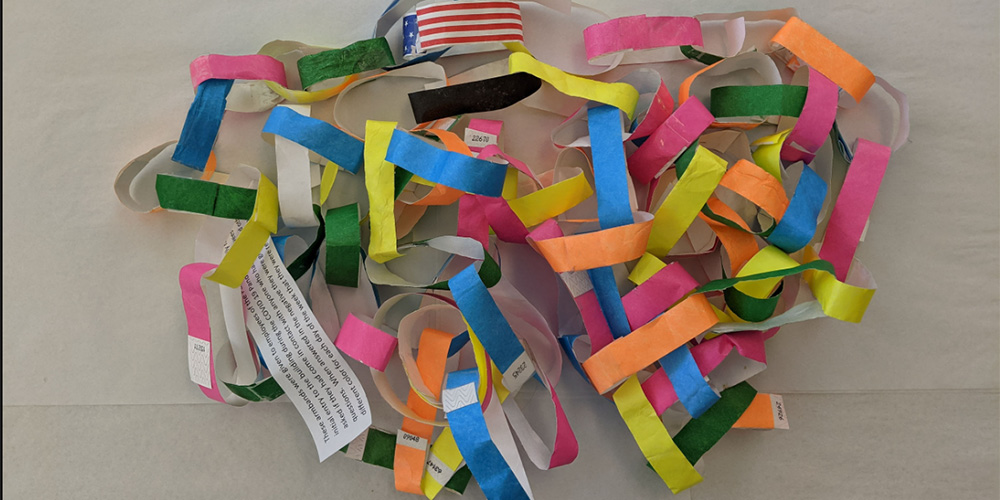
Exhibits
Innovating through adversity: Artifacts from the VA History Office’s COVID-19 collection
VA History Exhibit - The COVID-19 Pandemic changed the course of life for the American public and the Nation’s medical system, including VA medical centers across the country. Many innovations were created by VA staff during the pandemic, some of which are still in use today. The VA History Office launched a broad collection effort to ensure that these items were preserved to catalog the significant impact had on Veteran healthcare.

Exhibits
Historic Postcards From the National Home for Disabled Volunteer Soldiers Era
VA History Exhibit - Postcards were used frequently in the late 19th and early 20th century to capture Veterans' daily life at the 11 different National Home for Disabled Volunteer Soldiers branches, which were early VA campuses. Check out the artwork and photographs from that era in this exhibit by VA History Office intern Kara Wheeler.
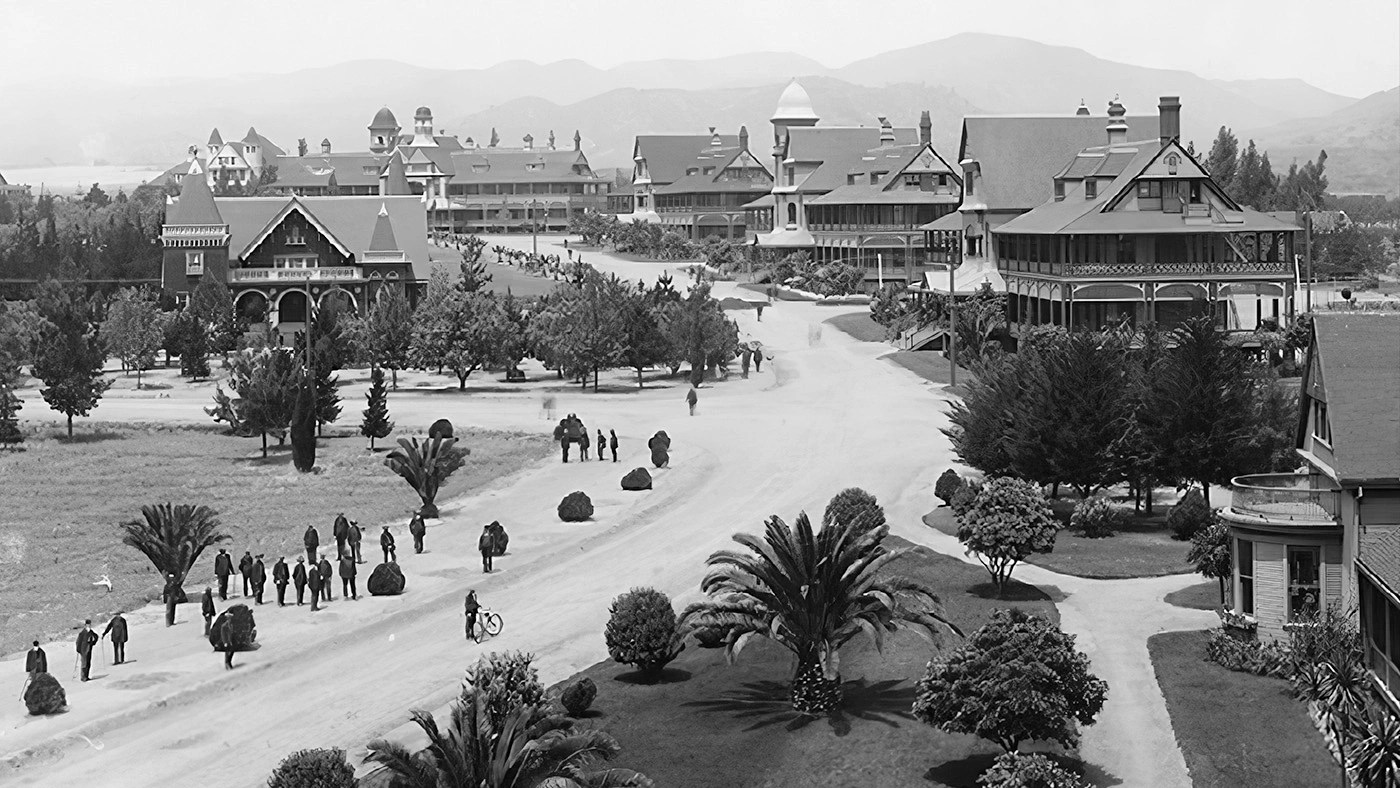
Exhibits
19th century landscaping at two National Home campuses
VA History Exhibit - Experience and learn how the landscaping from the 19th Century was designed to help Veterans at their National Home for Disabled Volunteer Soldiers campuses. Some of the features were practical in nature, such as to provide food and irrigation for the residents.
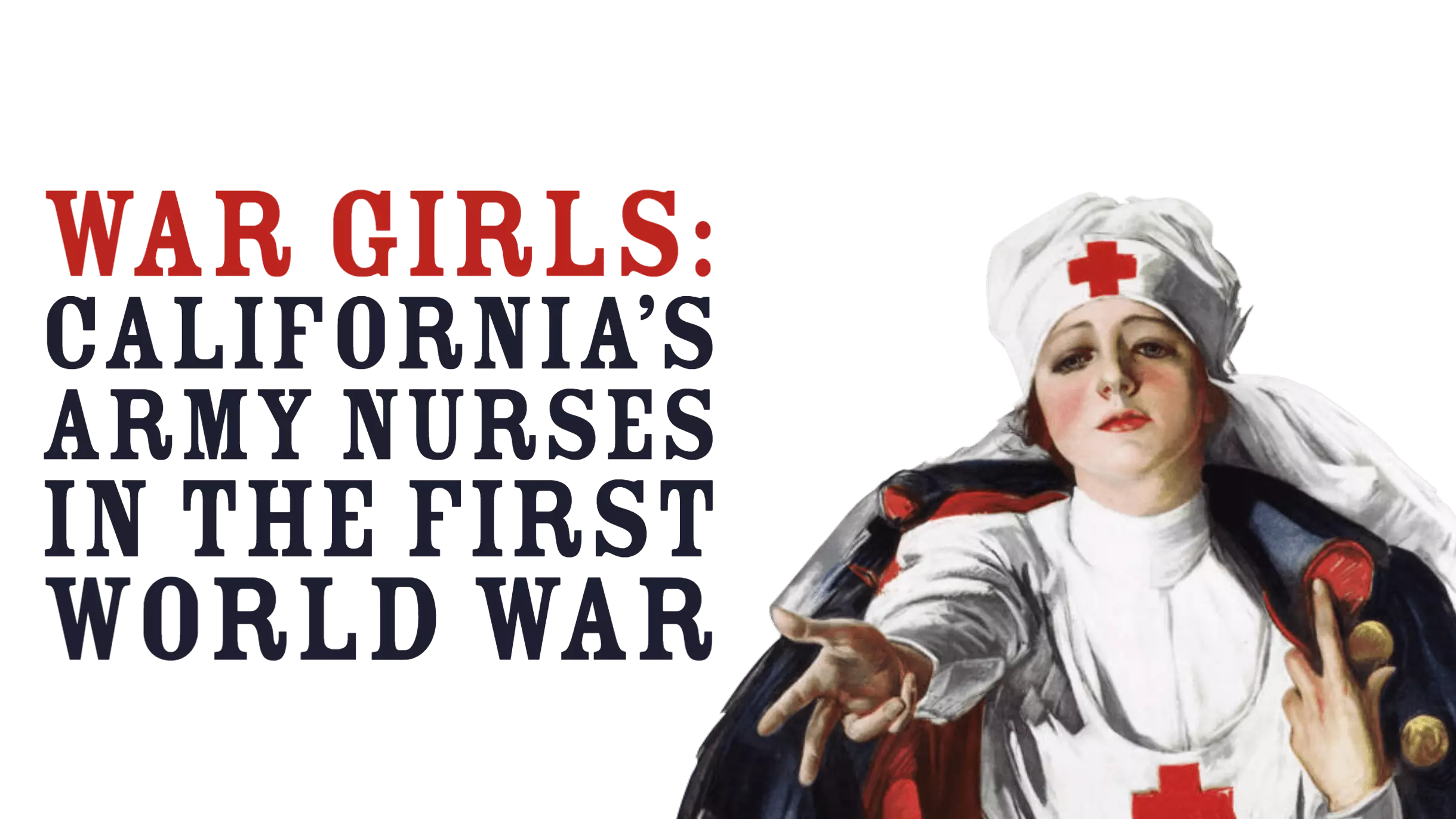
Exhibits
War Girls: California’s Army nurses in World War I
Between April 6, 1917 and November 18, 1918, over 21,000 American women enlisted in the U.S. Army Nurse Corps. This digital exhibit explores and commemorates the lives of California’s Army nurses buried in national cemeteries: Alta Ireland Heron, Vera Marston Rush, Etta Parker, Guilda N. Jones Vicini, and Mayme E. Williamson.
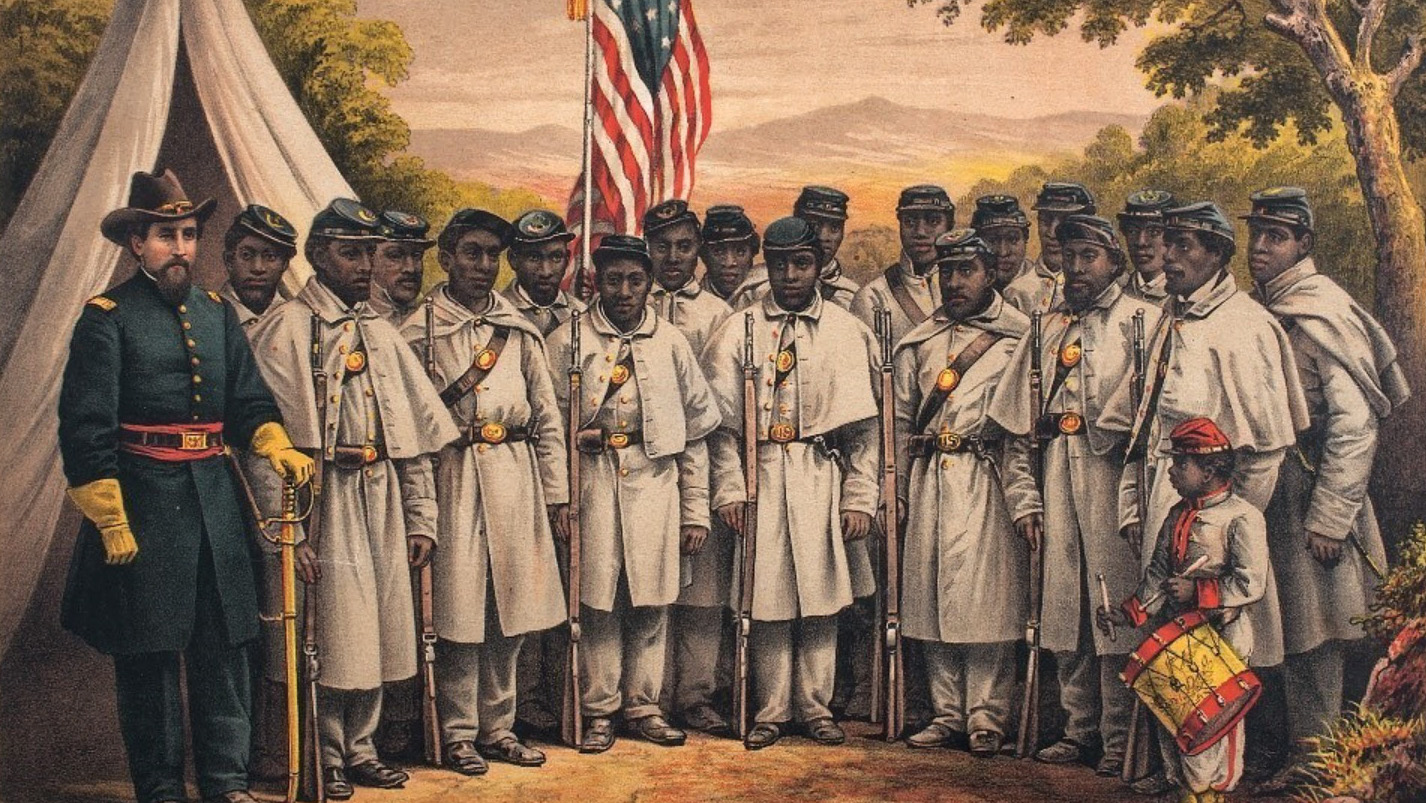
Exhibits
Substitution in the Civil War
VA History Exhibit - When the U.S. had to increase enlistments to handle the burden of manpower demands for the battlefield, a draft was legislated in 1863. A provision was written in that gave a drafted person the choice to pay someone who was willing to serve in their place. This was called substitution.


